Amelia Logan’s symptoms started out as random aches and pains in her back and shoulder.
This was last February. Annoyed by the distraction, she took ibuprofen and warm baths and brushed aside the discomfort.
As a straight-A student at Rockford High School, she wanted to stay focused on schoolwork and her extracurricular interests: acting, writing, music and animals.
When the pain grew worse over the next couple of weeks—at times making it hard for her to take a deep breath—Amelia and her mom considered possible causes: Was it because of the weightlifting class she was taking at school? Was it related to her severe PMS?
No relief
“The symptoms didn’t add up to anything recognizable,” said Janelle Logan, Amelia’s mom.
Seeking a solution, Janelle booked her daughter for a massage. But the session did nothing to relieve the teen’s intensifying pain, which now affected her left leg as well.
“She came out of the massage therapist’s office crying,” Janelle said. “And I’m thinking, OK, you should never walk out of a massage appointment crying, so something is wrong.”
That evening she took Amelia to a nearby urgent care facility not affiliated with Spectrum Health. Suspecting kidney stones, the doctor there sent her for a CT scan. But the next doctor disagreed and sent her home with a pain patch on her back.
It didn’t touch the pain.
The next day, feeling helpless and frustrated, Janelle took Amelia to see a chiropractor.
“I barely hobbled in there,” Amelia said, rating her pain as a 10 on a 1-to-10 scale. Yet, by that time, “I was just so used to random aches and pains that it was like, whatever.”
Again, she experienced no relief. Exasperated but not knowing what else to try, Amelia went to spend the night at her dad’s house, as planned.
That evening she saw that her left leg was purple and swollen. She laughs now to remember that she was “so jaded by all the bad things that were happening” that she tried to convince her dad to let her go outside “and let the cold air act like a giant ice pack.”
Instead, he took her straight to the emergency department at Spectrum Health Helen DeVos Children’s Hospital.
That’s when it clicked for Janelle: “When he called me to tell me her leg was purple, that’s when I knew it was a clot.”
Deep vein thrombosis
Amelia’s pain was the result of blood clots in two places. Her trouble began when a large clot formed in one of the deep veins of her upper thigh—a condition called deep vein thrombosis, commonly called DVT.
At some point, pieces of this large clot had broken off and traveled to her lungs, creating small blockages in the arteries of the lungs. A clot in the lung, called a pulmonary embolism, can be life threatening if not treated.
Amelia was admitted to the children’s hospital, where she came under the care of Richard Axtell, MD, director of clinical services in the Pediatric Hematology and Oncology program.
Dr. Axtell’s first decision was whether to give Amelia a rather aggressive clot-dissolving medication known as tPA. Because tPA introduces the real risk of internal bleeding, the doctor opted instead to treat her with an injectable anticoagulant, or blood thinner, called Lovenox. This would let the existing clots dissolve naturally and make it harder for the body to build new clots.
Within a few days, the clots in her lungs were as good as gone, and so was her upper-body pain.
But the clot in her left leg remained, restricting the flow of blood in her iliac vein.
Dr. Axtell explained that this clot could persist for several months but would likely shrink if Amelia stayed on blood thinners. He recommended this course of treatment rather than rushing to try to remove the clot surgically.
Amelia’s time in the hospital lasted three days, and her anxiety grew as the time passed.
“Most of the time I was pretty freaked out,” she said. “I spent hours anxiously lying there, watching movies and wondering what was going to happen to me.”
Near the end of her stay, she visited the hospital gift shop, where her mom bought her a pair of stuffed animals called an anxiety monster and a worry bug.
“That helped us get through the last little bit,” Janelle said.
Dr. Axtell sent Amelia home with instructions to give herself a shot of Lovenox twice a day. It was not her favorite activity.
“I was so upset and afraid the first time,” she recalled. “Something about giving it to myself was terrifying.”
But she powered through and kept it up for four months. Then Dr. Axtell switched her to an oral anticoagulant, Xarelto.
No quick fix
Today, almost a year after her blood clots first appeared, Amelia remains on blood thinners and is still waiting for the clot in her leg to resolve. A CT scan in September showed that the vessel hadn’t fully opened. The clot was still there, although it had shrunk.
Dr. Axtell said there’s not enough research on clots in kids to know the best course of treatment or predict the outcome for Amelia. Most clinical trials involve adults who have had knee or hip replacements or who have an irregular heartbeat, and it’s hard to extrapolate from the adult studies.
“We don’t know if the vessel is going to continue to open up,” he said. But, he added, in young people, patience often pays off.
“You can’t just quit anticoagulation after six months,” he said. It can take time, but “the body’s ability to repair itself when you’re 17 is a lot better than it is when you’re 77.”
If the vein remains narrowed in the coming months, Dr. Axtell and a team of experts will assess other options for Amelia, including the feasibility of using a flexible tube called a stent to hold the vessel open.
“At the end of the day, it’s not a black-and-white, slam-dunk decision,” Dr. Axtell said.
That’s partly because what triggered Amelia’s DVT in the first place is unclear. No single event provoked it—“she didn’t get kicked by a horse or something,” he said. Those cases typically resolve more quickly.
For Amelia, the cause was probably some combination of a few DVT risk factors:
- Amelia has a protein C deficiency, which means her body tends to build abnormal clots.
- She has a family history of blood clotting disorders.
- Shortly before her blood clot symptoms appeared, she had begun hormone therapy to treat severe PMS, which could have played a role.
- She has an iron deficiency, which Dr. Axtell considers an underappreciated risk factor for clotting.
“All these things factor in,” Dr. Axtell said. “Trying to come up with an equation is very difficult.”
What to watch for
Although DVT doesn’t happen in a large percentage of the population, it can appear in people of all ages.
When it does, people need to recognize the signs and seek treatment, Dr. Axtell said. He highlighted two blood clot symptoms that should send you to your doctor:
- Unexplained, persistent swelling of an arm or leg
- Chest pain, especially when trying to take a deep breath
It’s also important to know your family history related to clots, stroke and heart attacks, he said. Share that information with your doctors because it can help them make better decisions.
Weighing the risks
If Amelia could have scripted her story for 2016, she wouldn’t have left things open-ended. She had hoped her medical problems would be settled so she could ring in the new year worry free.
Thankfully, she’s resilient—it’s how both her mom and her doctor described her.
“Maybe I didn’t really want to think about the bad stuff so much, or I just wanted to move forward,” Amelia said. “You can go back to your life and work on it and know it’s a problem, but it doesn’t have to be the focus forever.”
But she also knows that she’s living with risk. First there’s the risk that new clots could form. Given her family history and protein C deficiency, the chance for recurrence is quite high, Dr. Axtell said.
This means she should be on blood thinners for the long term, which introduces a second risk. With every year of anticoagulation therapy, the risk of having a major bleed increases, the doctor said.
Looking ahead, a lot will depend on what happens with Amelia’s leg. At this point, Dr. Axtell is recommending anticoagulation medications for at least three years, along with plenty of conversation with Amelia’s family.
“You discuss the risks, and as a medical team you make a recommendation,” and then the family has decisions to make, he said. “Is your worst fear a recurrence of a previous event, or are you more worried about the side effects of being on the therapy?”
People weigh things differently, he said. The answers aren’t easy.
The hope for now is that Amelia “ends up with a vessel that’s squeaky clean” and that better research on clots in young people points the way to long-term answers.

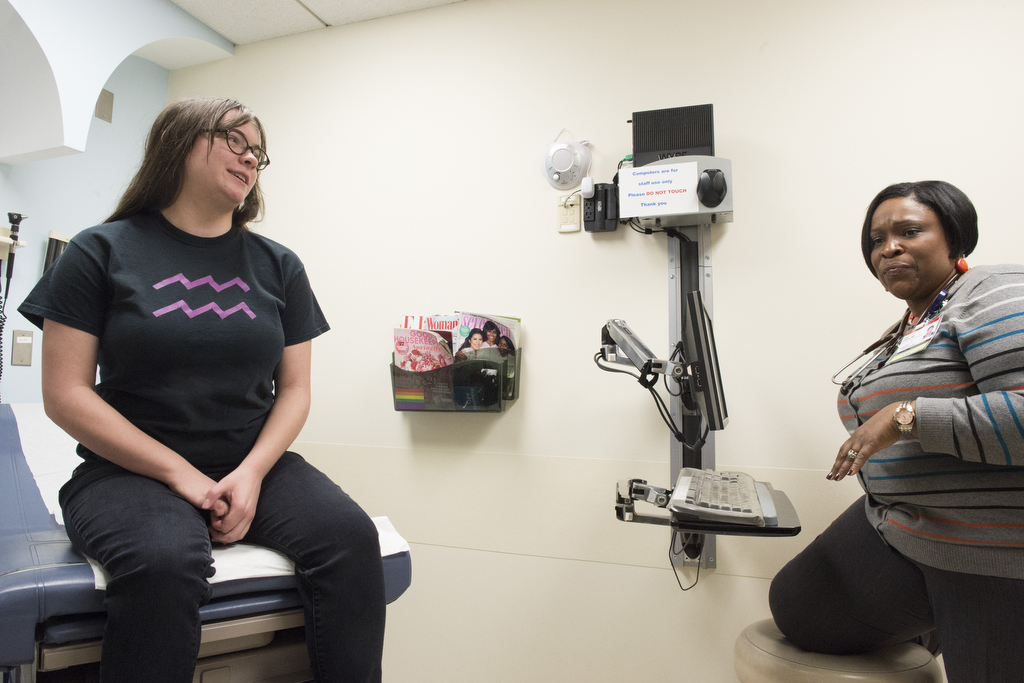
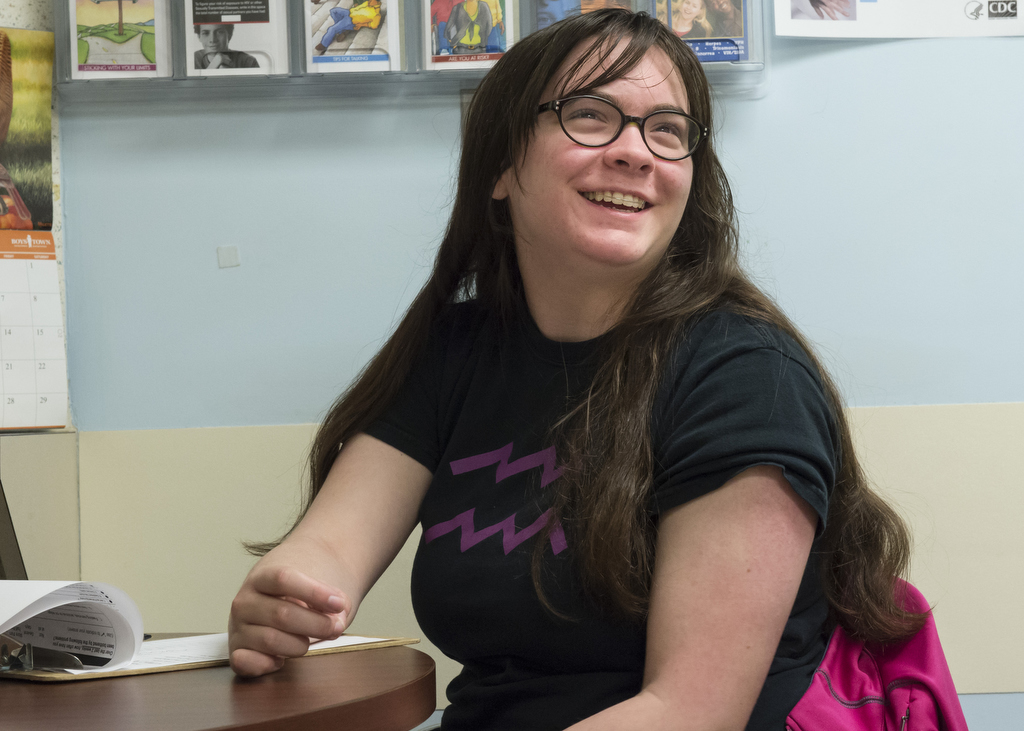

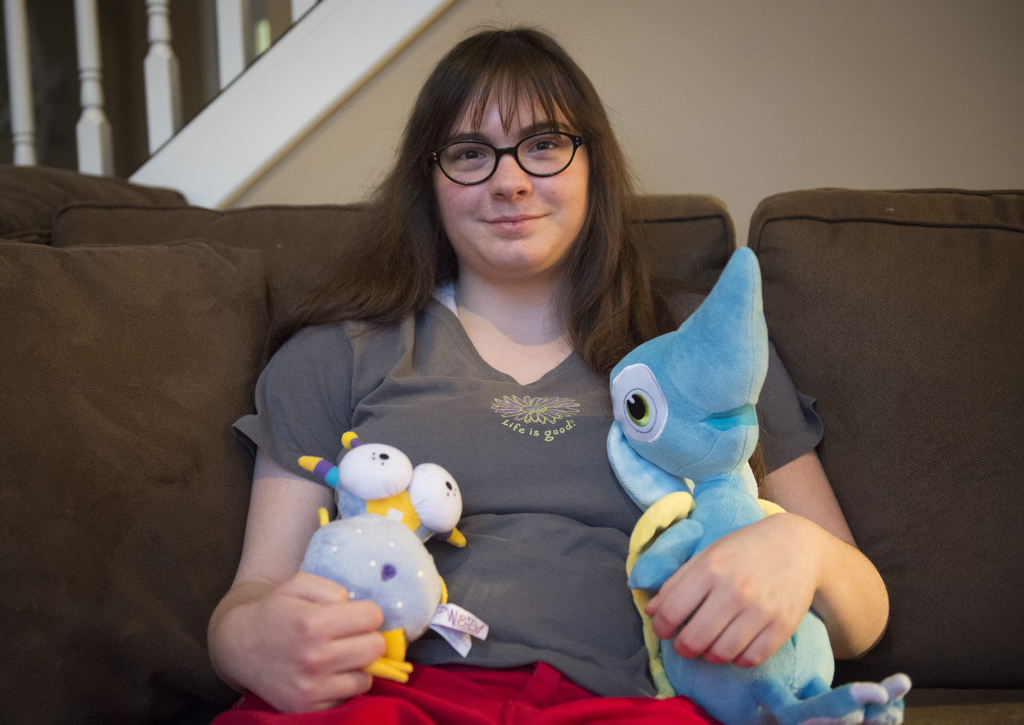
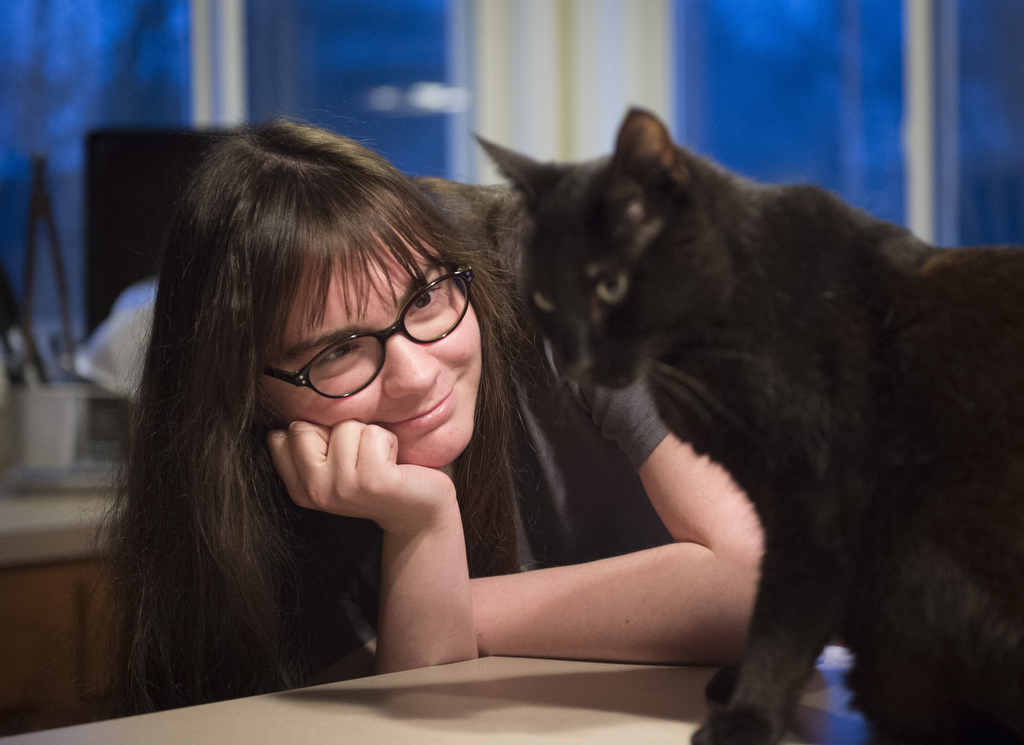
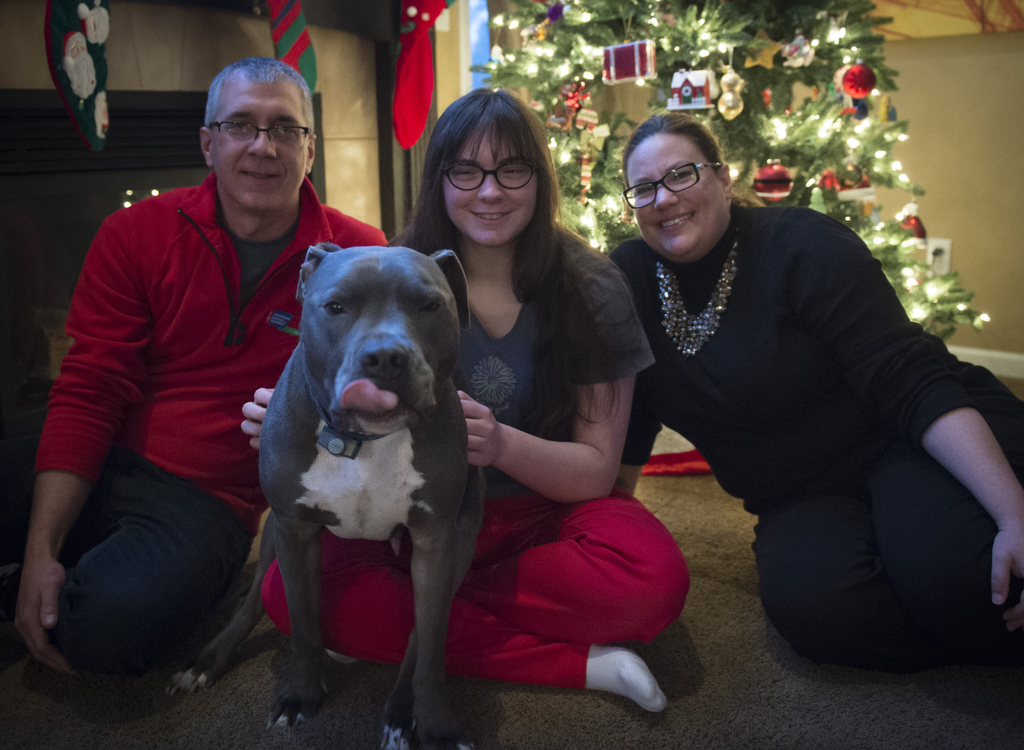
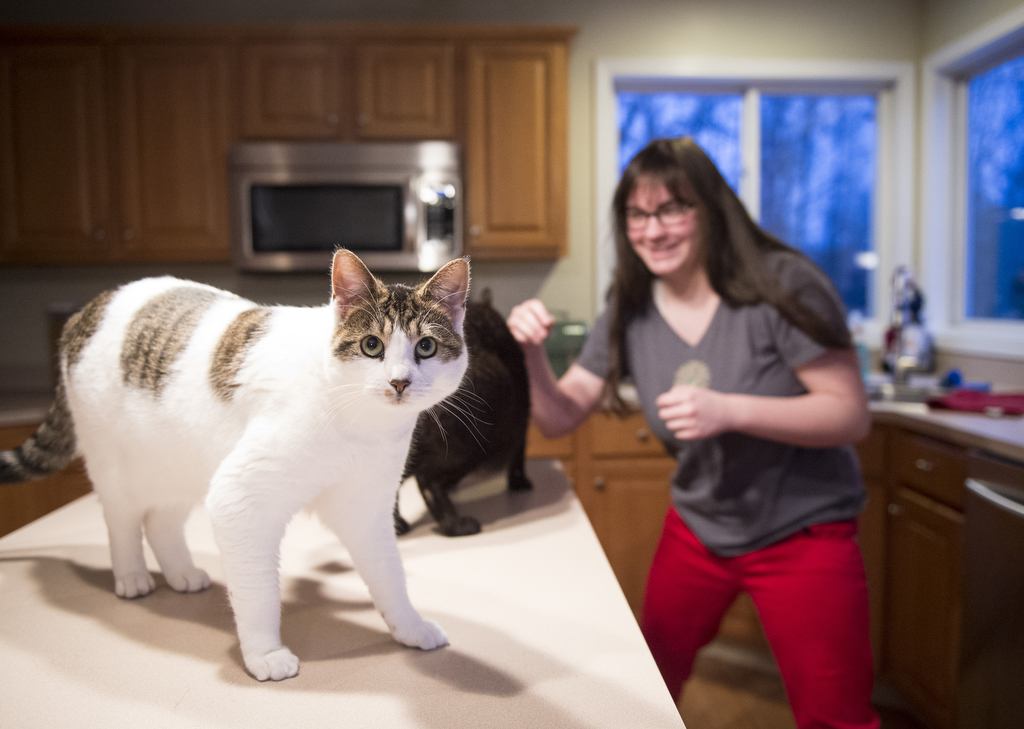
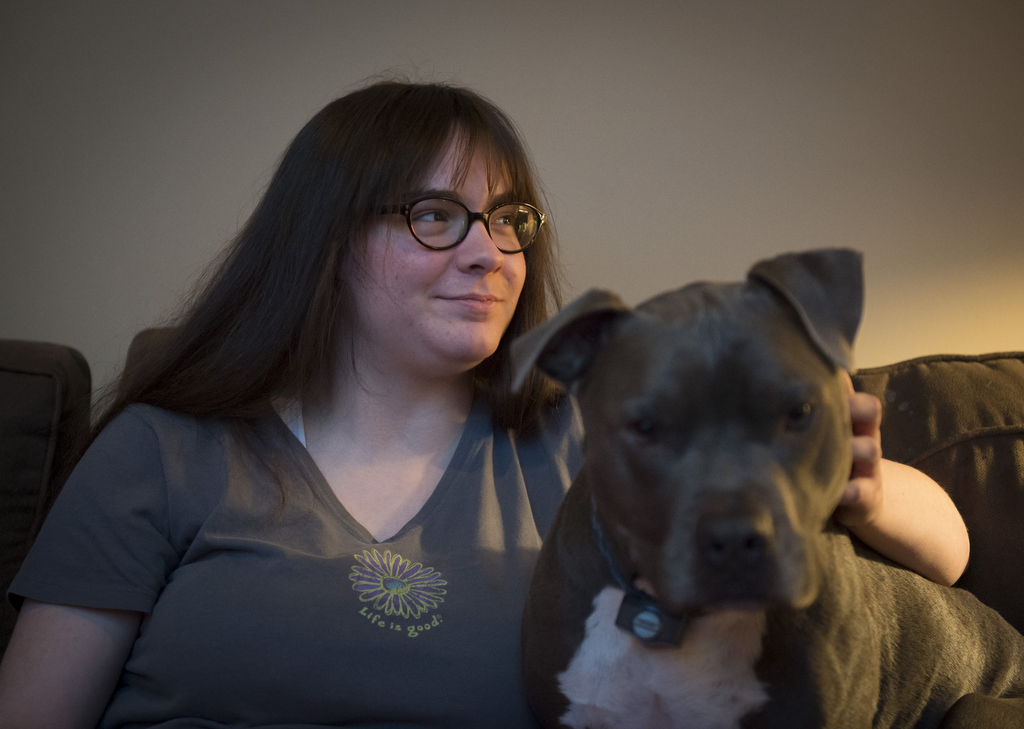

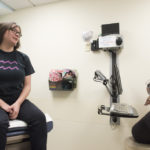







 /a>
/a>
 /a>
/a>
 /a>
/a>
I hope she was taken off hormone therapy for PMS and will be watched closely for events changing hormone levels. Every time I got close to hormone changes (birth control pills, pregnancy and hormone medication during menopause) I had blood clots and eventually a pulmonary embolism. Too many sad life changing events occurred.